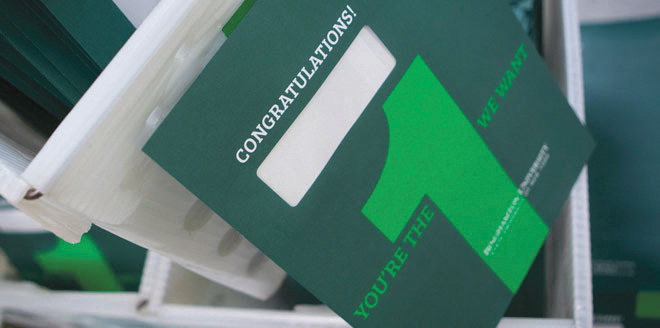
When prospective Binghamton University students open their Pantone 342 acceptance letters and read the word “Congratulations,” the familiar color may fill them with joy. But for students of color, enrolling in a predominantly white university comes along with everyday struggles they may not have initially considered. While diversity is growing on campus, there are still daily problems, such as a lack of representation and discrimination. If you find yourself battling those struggles, here’s a guide on how to confront them.
Get involved
First and foremost, get involved. Although we are way past the days of general interest meetings, it’s never too late to go to the programs and events that are hosted by different cultural student groups throughout the semester. From art shows and dance shows to banquets and fashion shows, there is a wide variety of events that promote and showcase different cultural groups on campus. Not only are they fun to attend, but they’re also a way to respectfully enjoy and get immersed in different cultures. Take the extra step and join those student groups like the Latin American Student Union, Powerful United Ladies Striving to Elevate (PULSE) and the Black Student Union. A full list can be found on the Multicultural Resource Center’s (MRC) page under the Cultural and LBGT+ Student Groups tab.
Find good eats
One way that people of color are underrepresented on campus is in the food options. Fortunately, there are some Asian and Indian options located on campus, but that doesn’t cover the majority of different cultural groups on campus. A good alternative is the food series “Culture at Chenango,” run by the MRC. Once a month, the MRC showcases food from different cultures. Located in the Chenango Room, the event has brought food from around the world. They have served Caribbean and Latin American food in the past. This month, they held a Black History Month edition, providing traditional food from the cultures of Africa and the African diaspora.
Don’t be passive
A particular problem that a lot of students of color face on campus is discrimination from other students and sometimes faculty. Everyday, comments such as “You’re pretty for a black girl” or “You speak good English” are said. These are called microaggressions. They usually stem from ignorance, and the only way to avoid these types of comments is to confront them head-on. Microaggressions are usually based on stereotypes and prejudices that need to be questioned directly. When people realize that what they have said stems from a foolish preconception of a race, they may become more aware of what they say and how that can affect the people around them.
Be respectful
Lastly, the best way to get around this campus is by respecting everyone around you. We all come from different backgrounds and the last thing we should do is discriminate against each other. There needs to be acceptance in this community — acceptance of race, sexual orientation or anything that differentiates us from one another. With respect, a community can be built that hopefully won’t need a survival guide in the future.


